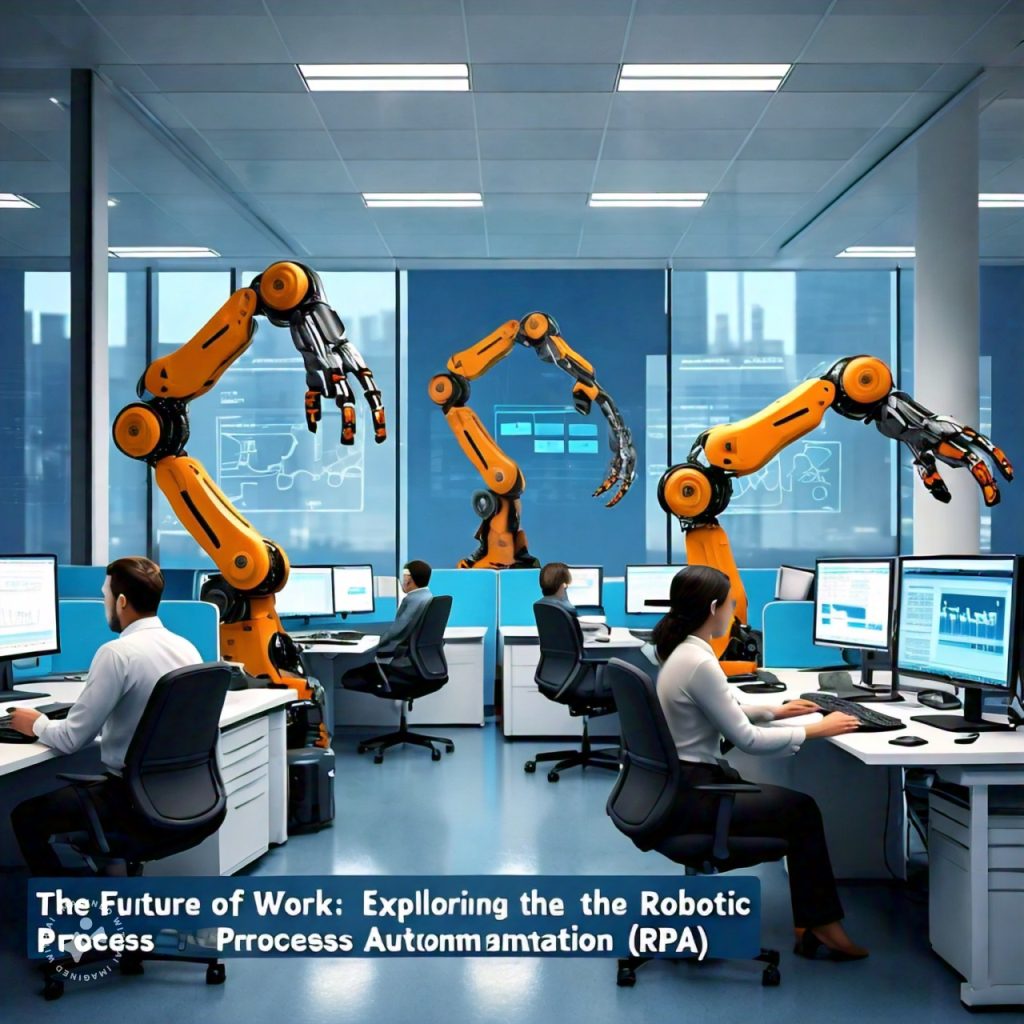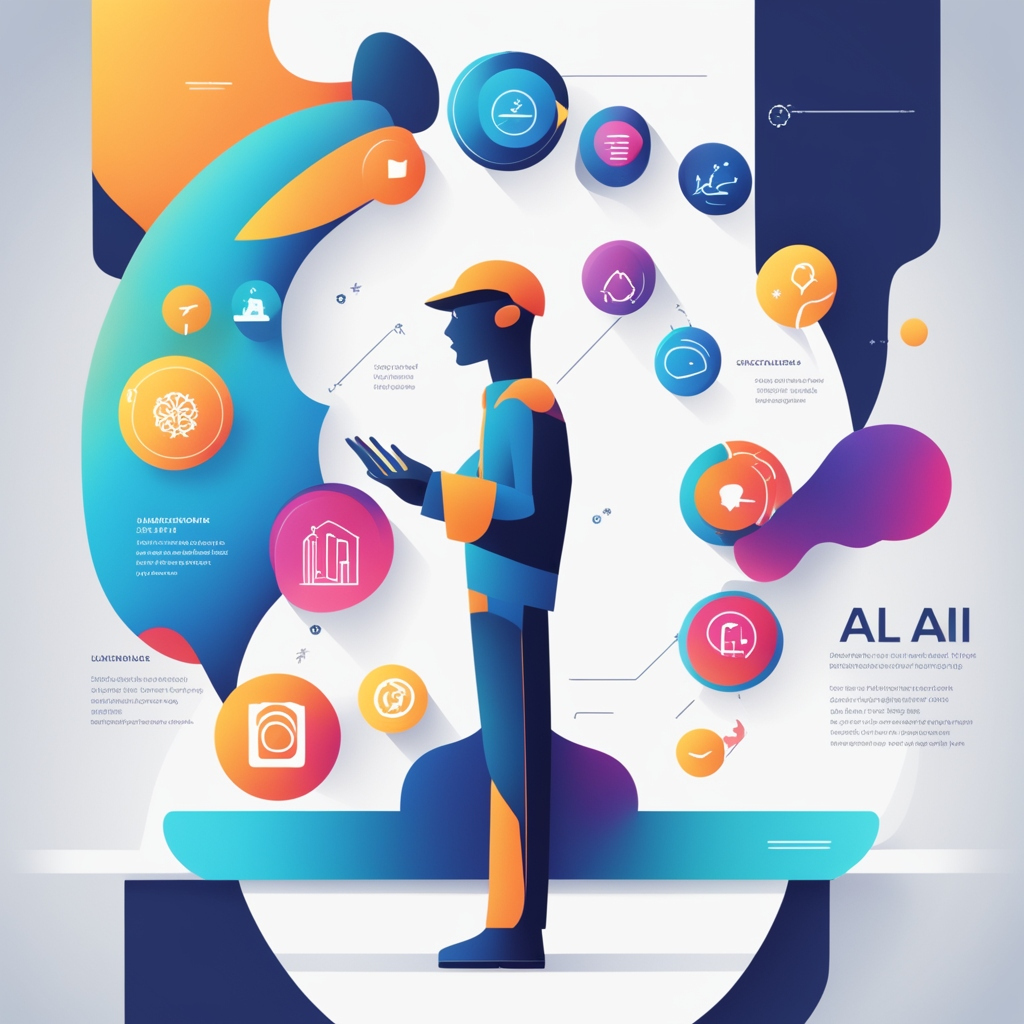In the rapidly evolving landscape of technology, one term that is gaining significant traction is Robotic Process Automation (RPA). Much like Artificial Intelligence (AI) and Machine Learning, RPA is revolutionizing how businesses operate by automating various tasks. But what exactly is RPA, and how is it shaping the future of work? This comprehensive article delves into the intricacies of RPA, its impact on the workforce, and the lucrative career opportunities it offers.
What is Robotic Process Automation (RPA)?
Robotic Process Automation, often referred to as RPA, involves the use of software robots or “bots” to automate routine and repetitive tasks that were traditionally performed by humans. These tasks can include interpreting applications, processing transactions, handling data, and even responding to emails. By mimicking human actions, RPA robots can perform these tasks more quickly, accurately, and tirelessly, thereby increasing efficiency and reducing operational costs.
How Does RPA Work?
RPA operates through software bots that are programmed to execute specific tasks within business processes. These bots can interact with various digital systems and applications, just as a human would. Here’s a breakdown of the RPA process:
- Task Identification: Identify repetitive and rule-based tasks suitable for automation.
- Bot Development: Create and configure bots using an RPA tool to perform the identified tasks.
- Deployment: Deploy the bots into the operational environment.
- Monitoring and Maintenance: Continuously monitor bot performance and make necessary adjustments.
The Growing Influence of RPA
The adoption of RPA is rapidly increasing across various industries, driven by its potential to significantly enhance productivity and efficiency. According to Forrester Research, RPA automation could impact the livelihood of over 230 million knowledge workers, roughly 9 percent of the global workforce. However, it’s not all about job displacement. McKinsey’s research indicates that while less than 5 percent of occupations can be entirely automated, about 60 percent of jobs can be partially automated, leading to a transformation in job roles and the creation of new opportunities.
Benefits of RPA
- Cost Savings: Automating repetitive tasks reduces the need for manual labor, leading to significant cost savings.
- Increased Efficiency: Bots can work 24/7 without breaks, ensuring continuous productivity.
- Improved Accuracy: Bots eliminate the risk of human error, ensuring high precision in task execution.
- Scalability: RPA solutions can be scaled up or down based on business needs, providing flexibility.
- Enhanced Compliance: RPA ensures compliance with regulatory standards by maintaining detailed logs of all automated activities.
Challenges of RPA
Despite its numerous advantages, RPA implementation comes with challenges, including:
- Initial Investment: The cost of RPA tools and the complexity of initial setup can be high.
- Change Management: Transitioning to an RPA-driven process requires significant changes in workflow and employee roles.
- Security Concerns: Ensuring the security of sensitive data handled by bots is crucial.
- Maintenance: Continuous monitoring and maintenance of bots are required to handle exceptions and updates in processes.
RPA Tools and Technologies
Several RPA tools are available in the market, each offering unique features and capabilities. Some of the leading RPA tools include:
- UiPath: Known for its user-friendly interface and robust features.
- Blue Prism: Offers enterprise-grade security and scalability.
- Automation Anywhere: Provides comprehensive RPA solutions with cognitive automation capabilities.
- Kofax: Integrates RPA with other automation tools for end-to-end process automation.
- WorkFusion: Combines RPA with AI for intelligent automation.
RPA in Action: Use Cases
RPA is being utilized across various industries to streamline operations and enhance efficiency. Here are some notable use cases:
- Finance and Accounting: Automating invoice processing, reconciliation, and financial reporting.
- Healthcare: Managing patient records, billing, and compliance reporting.
- Customer Service: Handling routine customer inquiries, processing requests, and managing service tickets.
- Human Resources: Automating employee onboarding, payroll processing, and benefits administration.
- Supply Chain Management: Streamlining order processing, inventory management, and logistics.
The Future of Work: RPA and Job Transformation
While the initial perception of RPA might be one of job displacement, the reality is more nuanced. RPA is reshaping the job landscape by automating mundane tasks, thereby freeing up human workers to focus on more strategic and creative activities. This transformation is creating new job roles and altering existing ones.
New Job Opportunities in RPA
For IT professionals and others looking to stay ahead of technology trends, RPA offers a plethora of career opportunities. Here are some of the key roles emerging in the RPA ecosystem:
- RPA Developer: Responsible for designing, developing, and implementing RPA solutions.
- RPA Analyst: Analyzes business processes to identify opportunities for automation and assesses the impact of RPA implementations.
- RPA Architect: Designs the overall architecture of RPA systems and ensures their integration with existing IT infrastructure.
- RPA Project Manager: Manages RPA projects, from planning and execution to monitoring and reporting.
- RPA Consultant: Provides expert advice on RPA strategy, implementation, and best practices.
Skills Required for RPA Careers
To excel in RPA-related roles, individuals need to develop a specific set of skills:
- Technical Skills: Proficiency in programming languages (such as Python, Java, or C#), understanding of RPA tools, and knowledge of AI and Machine Learning.
- Analytical Skills: Ability to analyze business processes and identify automation opportunities.
- Project Management: Strong project management skills to oversee RPA implementations.
- Problem-Solving: Aptitude for troubleshooting and resolving issues in automated processes.
- Communication: Effective communication skills to collaborate with stakeholders and convey technical concepts.
How to Get Started with RPA
If you’re an IT professional looking to venture into the world of RPA, here are some steps to get started:
- Educate Yourself: Gain a thorough understanding of RPA concepts, tools, and best practices. Online courses and certifications can be very helpful.
- Hands-On Experience: Work on real-world RPA projects to build practical experience. Many RPA tools offer free versions or trial periods for learning purposes.
- Network: Join RPA communities and forums to connect with other professionals and stay updated on industry trends.
- Certifications: Obtain certifications from recognized RPA tool providers like UiPath, Blue Prism, and Automation Anywhere to validate your skills.
- Stay Updated: Keep abreast of the latest developments in RPA and related technologies to continuously enhance your knowledge and skills.
Conclusion
Robotic Process Automation (RPA) is not just another technological trend; it’s a transformative force reshaping the future of work. By automating repetitive tasks, RPA enhances efficiency, reduces costs, and allows human workers to focus on more value-added activities. Despite concerns about job displacement, RPA is creating new job roles and transforming existing ones, offering numerous career opportunities for IT professionals.
As RPA continues to evolve, mastering this technology will be crucial for those looking to secure high-paying jobs in the tech industry. Whether you aspire to be an RPA Developer, Analyst, Architect, Project Manager, or Consultant, the future is bright for those who embrace this revolutionary technology.
Best Article of Owasoft Technologies
Generative AI: Transforming Industries and Creating New Career Opportunities




